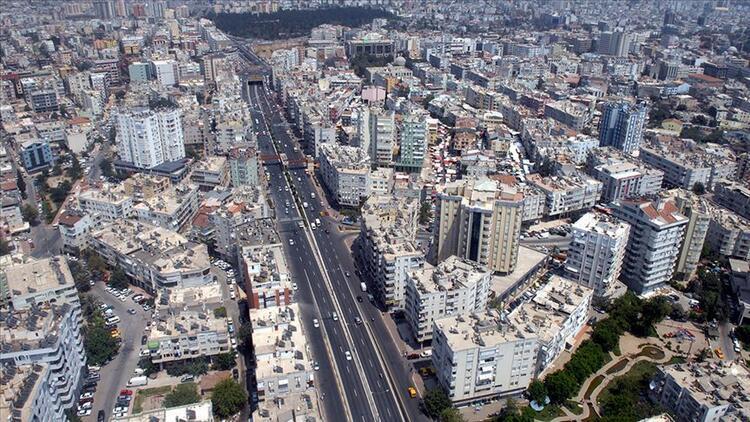
Esenyurt has become a diverse crucible for many foreigners escaping war elsewhere in the world or for those who have made Istanbul their home over the years.
A working-class district on the far west of Istanbul’s European side and home to 300,000 immigrants, Esenyurt has been under the spotlight in recent days after restrictions authorities imposed on residence permit applications made by foreign nationals who have established a variegated enclave there and in another Istanbul district.
Several neighborhoods in Esenyurt, which is more crowded than 58 provinces in Turkey with its inhabitants reaching 1 million, have become ghettos hosting immigrants from many countries such as Syria, Iran, Uganda and Afghanistan, according to local authorities in the district.
The restrictions come against a backdrop of anti-migrant sentiment and xenophobia in Turkey, which hosts more than 4 million refugees from Syria as well as many others fleeing conflict and instability in their countries.
“Foreign nationals are our guests, but there is a limit that a settlement can bear. When the population grows, it brings different problems,” said Esenyurt Mayor Kemal Deniz Bozkurt, welcoming the latest decision of the Directorate General of Migration Management.
The restriction will cover the Fatih district besides Esenyurt, and international students with some special conditions will be exempt from the decision.
‘Little Syria’
According to last year’s official figures, 127,000 Syrians were registered as residing in Esenyurt, but the actual numbers are estimated to be higher than the official figures.
Known as “Little Syria” by the locals, Bağlarçeşme is the neighborhood with the highest Syrian population in the district. More than half of the neighborhood — with a population of 28,000 — are Syrians, and Arabic signs and boards are hung on almost every shop, from hairdressers to pharmacies, restaurants, clothing stores, butchers and markets.
“Apart from me, there is only one grocery store and one men’s barbershop on the street. Those other than ours belong to Syrians. We are a minority. We are like strangers in our own country,” said Murat Pastırmacı, who has been a tailor for 30 years in the neighborhood.
“This is like a Syrian neighborhood. While we pay 2,000 Turkish Liras [$270] rent here, they pay more than 4,000 Turkish Liras [$540]. Shop owners generally prefer them in the area,” said Adem Atmaca, a Turkish shop owner in Bağlarçeşme.
African neighborhood
Selahaddin Eyyübi, another neighborhood in the district, also stands out as a settlement where low-income citizens and African immigrants live.
Saying that the number of Africans in the area has increased rapidly in the last two to three years, İlhan Aydemir, the head (muhtar) of the neighborhood, noted that what makes the neighborhood more popular among them is the low rent prices.
“Most of the Africans moved here from Fatih. They have their own associations as well as shops,” he added.
The more affluent buildings of Cumhuriyet neighborhood are mostly preferred by Iranians, and there are only Iranian and Afghan shops in one part of the neighborhood.
Many of the Koza neighborhood’s residents are Arabs. A majority of the properties in Koza is owned by Saudi Arabians and Kuwaitis.
Nigerians and Ugandans are also among the immigrant residents of Koza. Ugandans have been able to establish a foothold in the neighborhood, where they also have nightclubs. Parties are often held at a venue where the “Miss Uganda” beauty contest is also organized.